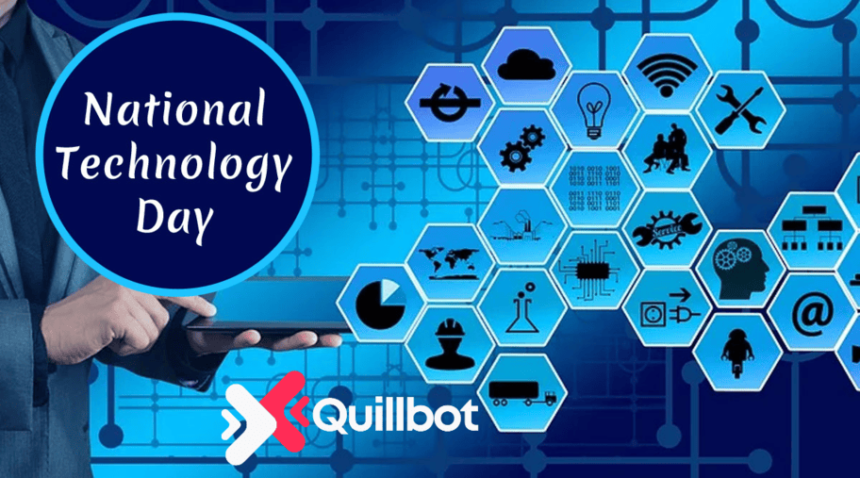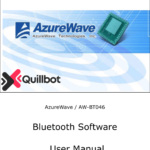Introduction to Technology Clipart
When working on digital projects, whether for a presentation, website, or marketing campaign, the right visual elements can make a significant impact. One of the most versatile resources to enhance your designs is technology clipart. Technology clipart refers to illustrations, graphics, or images related to technology, such as gadgets, devices, and digital concepts. These images can help bring your project to life by visually communicating complex ideas in a clear and engaging way.
In this article, we’ll explore the importance of technology clipart, where to find high-quality images, and how to use them effectively in various types of projects. Whether you’re a designer, a marketer, or a content creator, understanding the value of technology clipart can elevate your work to the next level.
What is Technology Clipart?
Technology clipart consists of various types of images or graphics that represent technological concepts and devices. These can include illustrations of computers, smartphones, the internet, software, gadgets, and even abstract representations of digital innovation. Clipart is a convenient and cost-effective way to incorporate visuals into your work without the need for custom photography or design.
Technology clipart comes in a variety of styles, from simple line art to detailed illustrations. It is often used to complement text, making presentations, reports, blogs, websites, and other digital content more visually appealing and easier to understand.
The Benefits of Using Technology Clipart
There are several advantages to using technology clipart in your projects:
1. Enhanced Visual Appeal
Technology clipart adds a visually engaging element to your work. It helps break up large blocks of text and makes the content more digestible for the audience. When used effectively, clipart can highlight key points and improve the overall aesthetic of your presentation, website, or marketing materials.
2. Clear Communication of Complex Ideas
Technology concepts can be challenging to explain with words alone. Clipart helps visualize abstract ideas, making it easier for your audience to understand technical or complex topics. For example, illustrating cloud computing with a simple image of a cloud and devices can make the concept more accessible.
3. Time and Cost Efficiency
Creating custom illustrations or hiring a designer can be time-consuming and expensive. Technology clipart provides a cost-effective alternative. Many websites offer free or affordable clipart images that can be easily downloaded and incorporated into your work.
4. Versatility
Technology clipart is versatile and can be used in various projects, including presentations, websites, social media posts, blog articles, advertisements, and more. Its adaptability ensures that you can find the right images to match the theme and tone of your content.
Where to Find High-Quality Technology Clipart
Finding high-quality technology clipart can be challenging if you don’t know where to look. Fortunately, there are many online platforms where you can find free and paid clipart collections.
1. Free Image Websites
- Pixabay: Offers a large collection of free clipart, including technology-related images. All images are royalty-free and can be used without attribution.
- Unsplash: Although primarily known for high-quality photos, Unsplash also provides free illustrations, including technology clipart.
- Pexels: Another great resource for free stock images and clipart, including digital and technology-related visuals.
2. Paid Image Websites
- Shutterstock: A popular platform offering millions of high-quality clipart images, including technology-themed designs. You can find a range of styles, from simple icons to detailed illustrations.
- iStock: Offers premium-quality clipart and graphics, with many technology-themed options available for purchase.
- Adobe Stock: A trusted source for royalty-free technology clipart, offering a wide variety of illustrations, icons, and vectors.
3. Clipart-Specific Websites
- Clipart Library: A website dedicated solely to clipart images, where you can find a large selection of technology-themed illustrations.
- OpenClipart: A free platform with thousands of clipart images, including technology-related visuals. All images are public domain, which means you can use them without restrictions.
How to Use Technology Clipart Effectively
Incorporating technology_clipart into your projects can be a straightforward process, but it’s important to use it in a way that enhances your content without overwhelming it. Here are some tips for using technology_clipart effectively:
1. Match Clipart to Your Message
Choose technology_clipart that aligns with the message you’re trying to convey. For example, if you’re discussing cybersecurity, you might opt for clipart images of locks, shields, or digital security icons. For topics related to artificial intelligence, consider clipart of robots or neural networks.
2. Maintain Consistency
If you’re using multiple clipart images in one project, make sure they have a consistent style. Whether it’s a minimalist design or a more detailed illustration, consistency will create a cohesive look throughout your content.
3. Use Clipart Sparingly
While clipart can enhance your design, too much can clutter the page and distract from the message. Use clipart strategically to highlight key points or to break up large sections of text. A well-placed image can be more effective than overcrowding your design with too many visuals.
4. Ensure High-Quality Images
Always choose high-resolution clipart to avoid pixelation or blurriness, especially if your content is intended for print. Low-quality clipart can diminish the professionalism of your work.
Types of Technology Clipart
Technology_clipart comes in many forms, each suited to different types of projects. Here are some of the most common types of technology_clipart:
1. Icons and Vectors
These simple, often minimalist images are perfect for websites, apps, and user interfaces. Common examples include icons representing devices (computers, smartphones), apps, and digital processes.
2. Illustrations
More detailed than icons, illustrations can represent technology in a creative and artistic way. They are often used in marketing materials, websites, and presentations to give a more human touch to technology-related topics.
3. Abstract Representations
Abstract technology_clipart is often used to represent complex ideas such as data flow, connectivity, or innovation. These types of graphics are often seen in infographics or diagrams.

FAQs About Technology Clipart
1. Can I use technology_clipart for commercial purposes?
Yes, many websites offer technology_clipart that is free for commercial use, but it’s important to check the licensing terms for each image. Paid platforms like Shutterstock and Adobe Stock usually offer commercial licenses with their images.
2. How do I search for specific types of technology_clipart?
You can use keywords such as “technology_clipart,” “digital clipart,” “tech icons,” or “device illustrations” when searching on stock image websites. Many platforms also allow you to filter results by style, color, and usage rights.
3. Is it better to use free or paid technology_clipart?
It depends on your project’s needs. Free clipart is great for personal projects or when you’re on a tight budget, but paid clipart typically offers higher quality, more variety, and a broader selection of professional designs.
4. Can I customize technology_clipart?
Yes, most technology_clipart comes in editable formats such as vector files (e.g., SVG or EPS), which you can customize using design software like Adobe Illustrator or Inkscape.
Conclusion
Technology_clipart is a valuable resource for anyone working with digital content. Whether you’re creating a website, presentation, social media post, or marketing material, technology_clipart can help enhance your designs and communicate complex ideas effectively. By choosing the right images, using them sparingly, and ensuring quality, you can elevate your projects and create visually appealing content that captures the attention of your audience.









